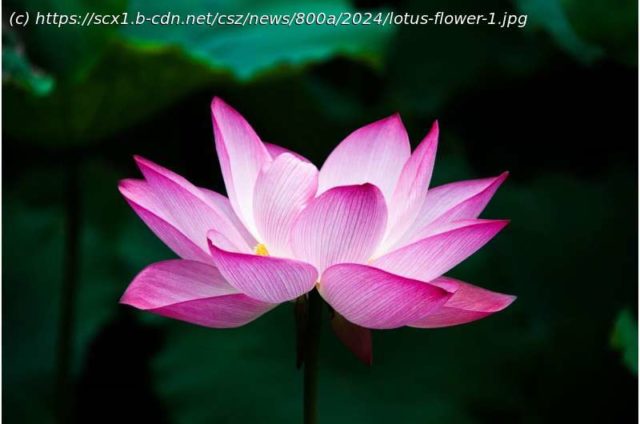Hedgerows in mid-February might have traditionally appeared white with snow; this year the white was the work of blackthorn blossoms—a harbinger of spring. Although a welcome sign after a wet and gloomy winter, the early flowering brings unease for experienced season watchers. Has this plant always flowered in mid-February, I wondered, or is something changing?
Hedgerows in mid-February might have traditionally appeared white with snow; this year the white was the work of blackthorn blossoms—a harbinger of spring. Although a welcome sign after a wet and gloomy winter, the early flowering brings unease for experienced season watchers. Has this plant always flowered in mid-February, I wondered, or is something changing?
Fortunately, the science of recording and understanding seasonal events, phenology, has a long history in Britain. Robert Marsham, an 18th-century naturalist, kept records of the appearance of the flowers, birds and insects in his Norfolk village as far back as 1736. Marsham’s descendants continued the recording until 1958. The Woodland Trust maintains the tradition with Nature’s Calendar, a scheme in which members of the public are invited to record various seasonal events.
Detailed analysis of almost half a million plant records by scientists in 2022 showed that when all species were considered together the average flowering time in the UK had advanced by a month over the last 40 years. There was variation between species. Hawthorn, the common hedgerow plant, is generally flowering 13 days earlier than it did in the early 1980s while the flowers of the horse chestnut tree appear ten days earlier.
The climate has warmed rapidly since the 1980s. By flowering earlier, plants recognize that winters are becoming shorter and milder. They sense the days getting warmer and alter their spring development in a manner akin to humans feeling warmth on their skin and so stepping out with fewer layers of clothing.
Home
United States
USA — IT Plants are flowering earlier than ever—here's how they sense the seasons






